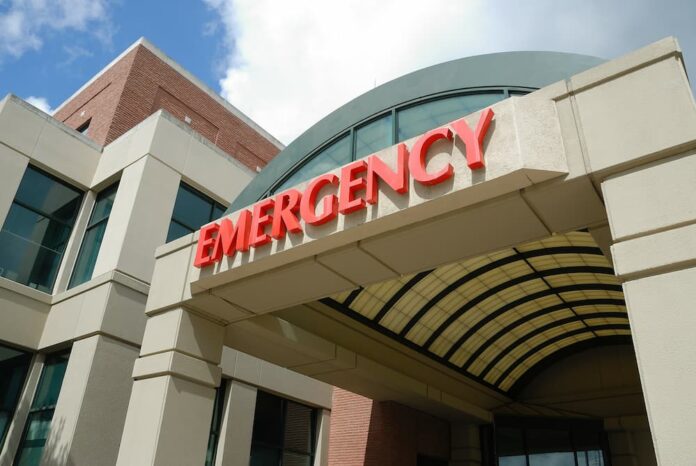Adult emergency department visits have risen again in 2025, but at a slower rate than in recent years. Volumes are expected to grow by 5% over the next decade, driven largely by rising clinical acuity and barriers to timely care access.
“This year’s update confirms growing ED patient acuity and the increasing need for operational and strategic readiness,” according to a new report from Vizient. “As volumes for emergent visits increase and urgent cases remain stable, health systems must prepare for greater complexity in ED care delivery.”
See also: 4 ways HR can enlist Gen Z and millennials to reduce healthcare costs
Among the highlights of the report:
- Emergent visits (for which immediate medical attention is required) increased by 6% and accounted for two-thirds of all visits from the third quarter of 2024 through the second quarter of 2025.
- Although urgent visits for conditions that are not emergencies but require care have stabilized, continued efforts to redirect low-acuity patients to alternative care sites remain essential to improving ED throughput and preserving capacity for higher-acuity cases.
- The average length of stay for emergent visits remains 2.2 times higher than for urgent visits at 5.3 hours and 2.4 hours, respectively.
- Facilities with more than 25,000 annual visits consistently report longer stays than those with fewer visits. However, those with volumes between 25,000 and 65,000 still maintain an average length of stay lower than the overall average.
- The percentage of ED patients admitted to inpatient care has held steady at about 23% over the past three years. However, the rise in total ED visits has driven a higher volume of admissions from the ED, with two-thirds of inpatient admissions in the most recent four quarters originating from the ED.
- Over the next decade, ED utilization is expected to shift in both volume and type, with emergent visits projected to grow by 8% while urgent visits remain about the same. Population growth and epidemiologic factors, such as rising behavioral health needs and persistent health disparities, are key drivers of this growth across both visit types. At the same time, policy shifts, particularly those affecting public payer coverage, may create access challenges.
“The ED has always been and will continue to be a front door to the health system and a critical cornerstone for patient care,” the report concluded. “As patient mix changes and acuity continues to rise, the clinical care and operational models needed to support these changes require a thorough evaluation of utilization, performance metrics and future growth.”
| This article was originally published on BenefitsPRO, a sister site of HR Executive. For more content like this delivered to your inbox, sign up for BenefitsPRO newsletters here. |
NOT FOR REPRINT
© Touchpoint Markets, All Rights Reserved. Request academic re-use from www.copyright.com. All other uses, submit a request to [email protected]. For more information, visit Asset & Logo Licensing.



